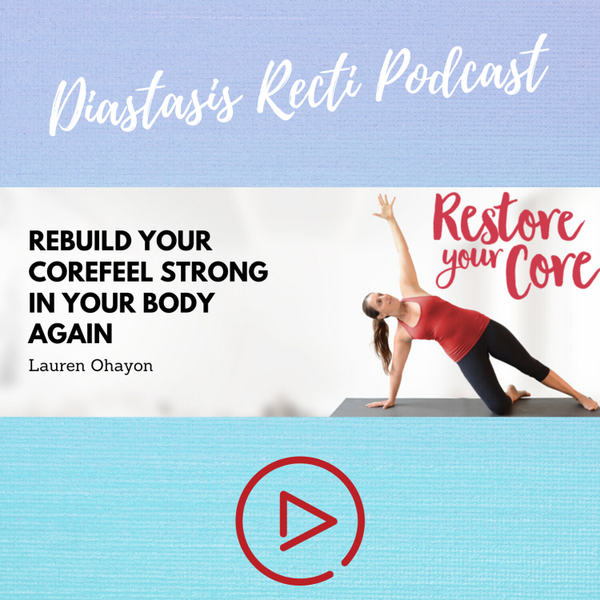
Yoga is an ancient practice that’s sought to unite a person’s body, soul, and mind for whole body health and wellness. Today, yoga has been refined and used as a routine that boasts many health benefits and restorative exercise planning for men and women around the world. Some studies have shown that yoga poses health benefits in potentially helping with anxiety, depression, stress, and helping reduce inflammation in the body. Thus, yoga can go far beyond aiding in balance and flexibility by taking part in exercise routines designed to restore function to your core, pelvic floor, legs, hips, and lumbar spine.
As someone who has experienced a severe back injury and benefitted from restorative yoga, I prioritize how I move in my programs. Instead of reducing exercise, I have developed techniques for continuing yoga and exercise that prioritizes movement safety dynamically. In this article, I will address yoga poses I use in my program that focus on:
- Building strength, even during stretching
- Maintaining good alignment and form
- Wise and dynamic sequences that challenge you but do not break you
What are The 5 Basic Types of Yoga Stances?
In the practice of yoga, there are 5 basic stances or types of yoga. In order to find the right program for you and which yoga best suits your needs, it may be helpful to give an overview of the most commonly practiced types of yoga. Below is a list of the 5 basic types of yoga.
- Standing Poses: Standing poses are often a warm-up practice to help prepare your body for movement. In slow flow yoga, standing poses are often practiced in longer sequences with stages of rest in between.
- Balancing Poses: Balance poses are great for beginner’s. This form of yoga can help build the necessary core strength for more advanced movements, postures, and stretches.
- Seated Poses: Seated stretches are great for loosening hips and hamstrings after a workout or at the end of your yoga class. Using a pillow or folded blanket for your bottom can help make these stretches a bit more comfortable.
- Supine Poses: Resting poses and positions are important to learn for break periods. These positions can continue to relieve and loosen your hips, hamstrings, and provide gentle twists and inversions.
What are 9 Yoga Poses?
My program is designed to teach men and women how to help their bodies become more responsive in their daily activities. This means training the body to engage and respond appropriately when engaging in lifting, walking, standing, and other daily light activities. Posture, breathing mechanics, and how you move your body are crucial to full body health and wellness.
Below I will address a few asanas positions and stretches that I encourage in my yoga practice.
At Restore Your Core, we practice what is known as restorative yoga. This practice incorporates blocks, straps, yoga mats, and blankets to help encourage proper body alignment as well as releasing any tension in your body. Most of these stretches and poses are designed to help release the tension in your body passively – so not always during a stretch.
Restore Your Core: Diastasis Recti and Pelvic Floor Talks
The Restore Your Core podcast is all about health and fitness for those struggling with Diastasis Recti or Pelvic Floor issues.
Lauren Ohayon makes videos, runs a thriving facebook group, and creates blogs that help people to feel better and reclaim their healthy bodies.
https://restoreyourcore.com/learn/diastasis-recti/
If you're too busy to read the blog then feel free to listen to the podcast! We hope to be a part of your core restoration journey.